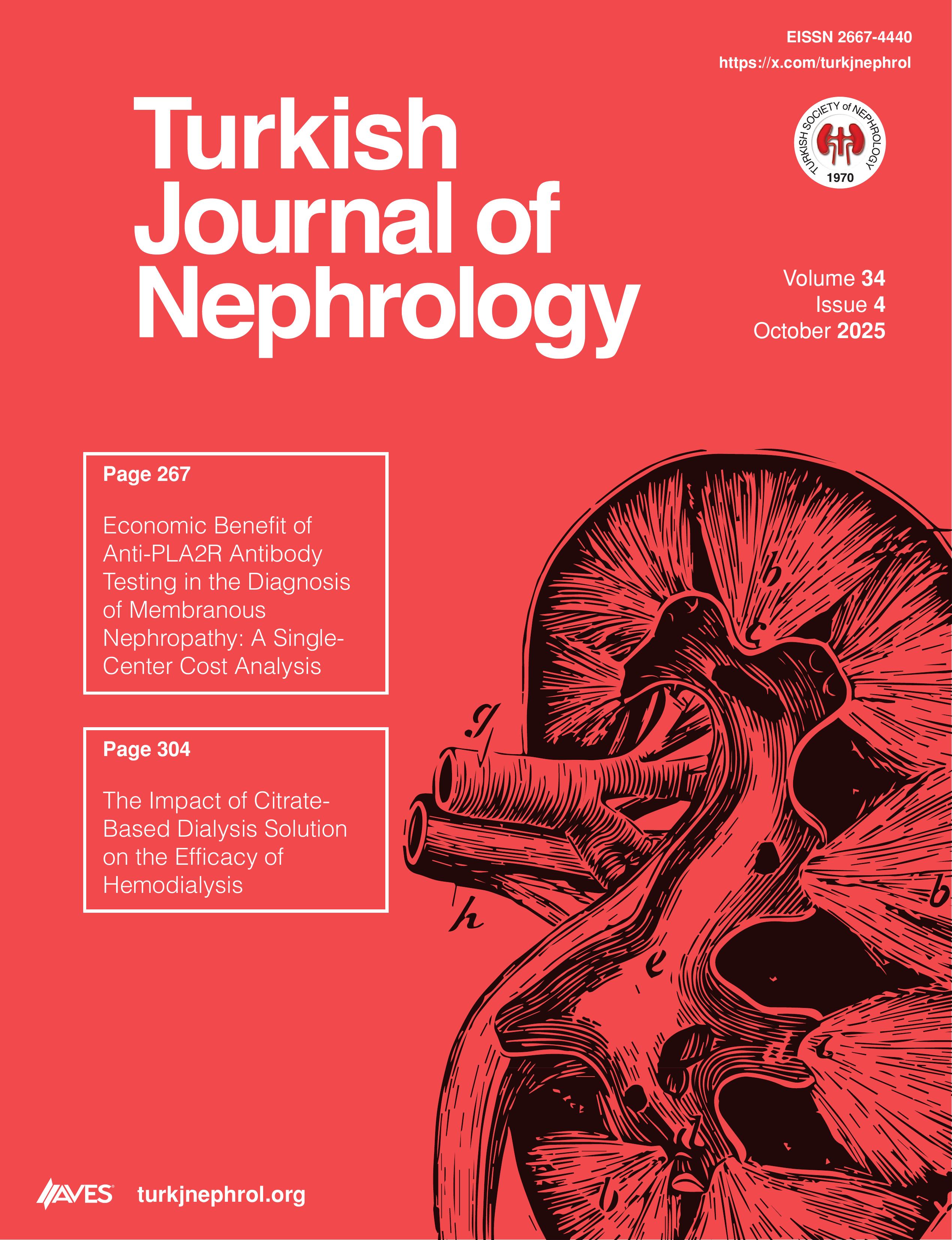Background: On February 2023, Türkiye experienced 2 significant earthquakes, measuring 7.4 and 7.3 on the Richter scale and impacting 11 provinces. This study was performed to investigate the experiences of patients undergoing hemodialysis treatment in earthquake-affected areas who were relocated to alternative centers, with a focus on assessing the medical challenges that emerged thereafter.
Methods: This study included 181 hemodialysis patients (71 females, 110 males) from 11 earthquake-affected provinces who were transferred to different dialysis centers because of infrastructure and superstructure damage at their original treatment facilities. Results: The predominant reason for relocation was damage to personal residences, reported by 77.4% of patients. Notably, 59.4% resumed hemodialysis with a delay of at least 1 day. Emergency complications were observed in 24.6% of patients, with hypervolemia (11.7%) being the most common. At the time of reporting, 23.1% of patients continued treatment at the relocated centers, while 78.8% expressed intent to return to their original facilities. Importantly, only 1 patient was reported to have died during the study period, highlighting the overall resilience of this population.
Conclusion: Hemodialysis patients are particularly vulnerable to the impacts of earthquake-related disruptions. Dialysis centers in high-risk regions must adhere to construction standards that ensure operational resilience. Additionally, prioritizing the transfer and medical coordination of hemodialysis patients during disasters is essential to maintaining continuity of care and minimizing health risks.
Cite this article as: Tuğcu M, Keleş M, Duranay M, et al. Post-earthquake realities: A study on the challenges of relocated hemodialysis patients following the Kahramanmaraş earthquake. Turk J Nephrol. 2025;34(4):289-296.

.png)

.png)

.png)
